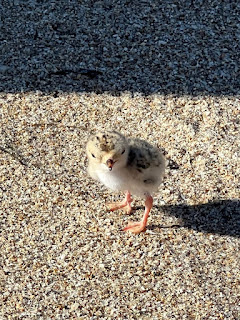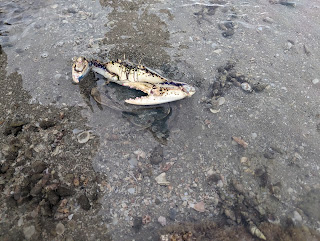Sunday Bird Research Survey
Today we took part in some long term biological research being done by the CEDO research team here in Mexico. We supported the researchers by taking data of the Least Tern nests, eggs, other species, and birds found while we walked in lines down the sandy shore of the Morua Estuary. The Least Terns nests are fragile since they are such small birds so their nests are easily ruined by things like ATV's, human activity, carnivores such as coyotes, as well as loud noises disturbing them.
The adult Least Tern's have yellow bills and a black and white head pattern.
The researchers need everyone's help in making sure these endangered species stay safe by staying away from the nesting areas and respecting wildlife.
Some fun facts about these beautiful birds are:
- The male birds offer fish to the females in hopes of mating
- They are monogamous animals that mate in colonies of up to 25 pairs
- Their diet consists of squid and schooling fish and they plunge to catch these creatures
- They only produce 1-4 eggs a season




Comments
Post a Comment